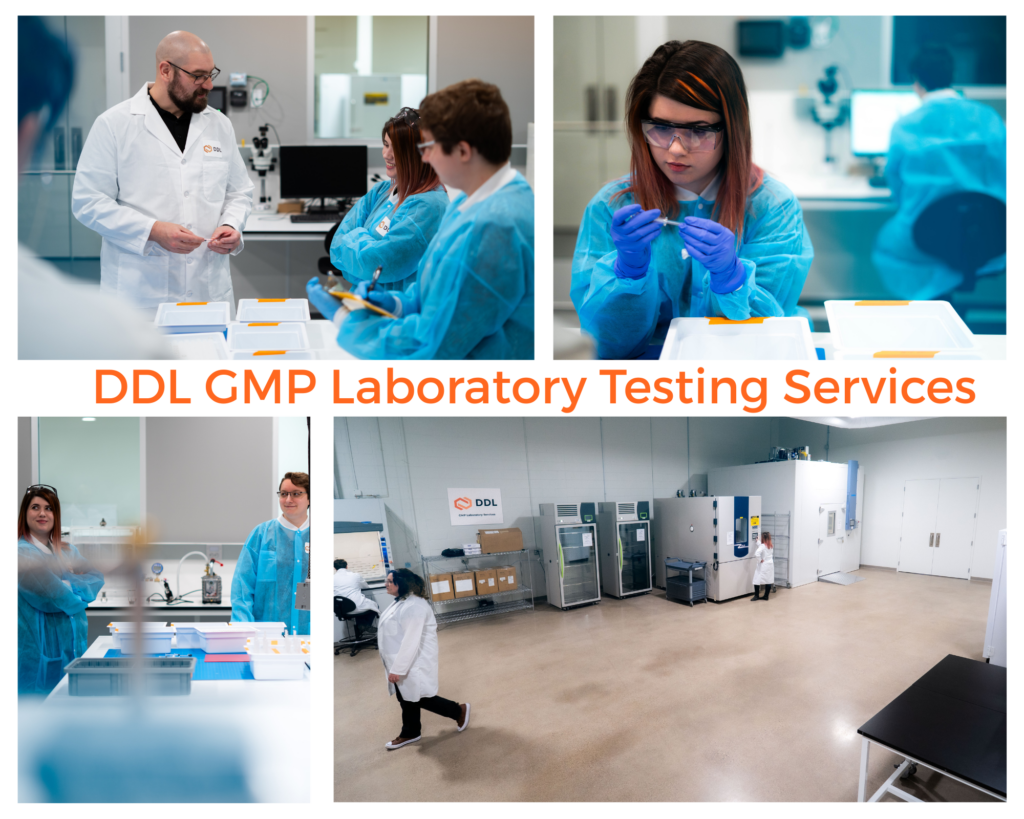DDL is pleased to announce the opening of a new Good Manufacturing Practice (GMP) laboratory dedicated to drug-device combination product testing. This expansion enhances DDL’s capacity to support the pharmaceutical, biotech and combination product industries with rigorous, regulatory-compliant testing solutions.
The new FDA registered 10,600 square foot GMP lab is located near DDL’s Eden Prairie, MN headquarters. The lab will offer ICH stability testing, functional and mechanical performance testing (ISO 11040 & ISO 11608) and simulated distribution testing to meet the growing demand for high-quality GMP testing for devices such as auto injectors, pre-filled syringes, inhalers, and other combination products. With state-of-the-art equipment and an experienced team of engineers, DDL’s new facility will provide comprehensive testing solutions in accordance with FDA, ISO, and other global regulatory standards.

“We are excited to expand our testing footprint with this new GMP laboratory, reinforcing our commitment to providing high-quality, reliable testing services to our medical device and pharmaceutical clients,” said Aaron Liss, Director of Sales & Marketing, DDL, Inc. “This new GMP offering builds upon our 35 years of industry experience allowing DDL to collaborate with an entirely new host of healthcare providers.”
“As the market for combination products continues to grow, our investment in this new facility will help ensure that manufacturers have access to the expertise and resources they need to bring safe and effective products to market,” stated John Koch, General Manager, DDL, Inc. “DDL’s investment in this GMP laboratory underscores its ongoing commitment to excellence in testing services for the life sciences industry. The company remains focused on delivering precise, reliable, and regulatory-compliant results to support clients in their product development and regulatory submission processes.”
DDL will be highlighting its GMP testing capabilities, as well as its package, medical device and material testing service offerings in Booth #1143 at the INTERPHEX conference being held April 1-3, 2025 at the Javits Center in New York, NY.
For more information on DDL’s GMP testing services, or to receive a quote, please contact us or call us at 800-229-4235.
